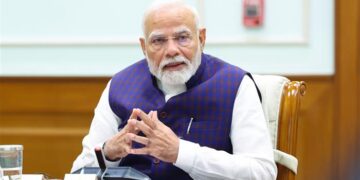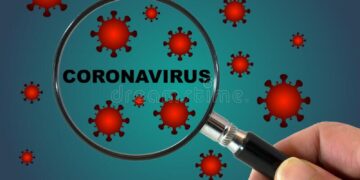The majority of people suffer from back discomfort, specifically lower back pain. It is typically a symptom of underlying injuries and disorders such as a strain, sprain, spine issue, or a condition affecting pelvic or abdominal organs. Pain might be slight or severe, and it may spread to your legs or other areas.
Back pain treatment methods vary based on the cause and type (acute or chronic). According to the Cleveland Clinic, there are a few things you can do to relieve back discomfort.
Therapies
- Physical therapy
- Integrative medicine therapies, like acupuncture, chiropractic adjustment, massage therapy or yoga therapy
- Osteopathic manipulation
- Transcutaneous electrical nerve stimulation (TENS), which is a type of pain relief therapy
- Cognitive behavioural therapy (CBT) to help you cope with severe or chronic pain
Medications
- Medication injections, like an epidural steroid injection (ESI) or a nerve block
- Muscle relaxers, like cyclobenzaprine, metaxalone or methocarbamol (these medications require a prescription and have addiction potential, so closely follow your provider’s guidance on when and how to take them)
- Acetaminophen
- Nonsteroidal anti-inflammatory drugs (NSAIDs), like ibuprofen
- Prescription pain-relieving medications, like duloxetine (because opioids have strong addiction potential, providers typically only prescribe them as a last resort when the benefits outweigh the risks)
Surgery
- Surgery to treat an underlying cause of pain
- Spine surgery (often minimally invasive).
A lot of people have been undergoing minimally invasive procedures for the treatment of back pain due to its various benefits.
According to Dr. Vinit Banga, Director of Neurology and Head of Neuro-Intervention at Fortis Escorts Hospital in Faridabad, standard surgery can result in extended recoveries, hospital stays, and post-operative problems. Minimally invasive techniques attempt to lessen discomfort and recovery time while delivering effective care by treating the source of the problem. One of the key reasons patients choose minimally invasive treatment is the possibility of consequences. Traditional surgery needed big incisions, which could lead to wound infections, blood loss, and increased healing time.
Minimally invasive techniques use small incision sites and cutting-edge technologies, such as lasers and robotic-assisted surgery, to treat the painful target more directly. This minimizes collateral injury to neighboring tissues, resulting in a far faster recovery. Another significant advantage that patients enjoy is a substantially shorter total healing period. Patients will be able to resume normal activity sooner following a minimally invasive surgery than after typical surgical procedures. Minimally invasive treatments also alleviate discomfort while reducing adverse effects.
Source: InTv







 Finance
Finance







